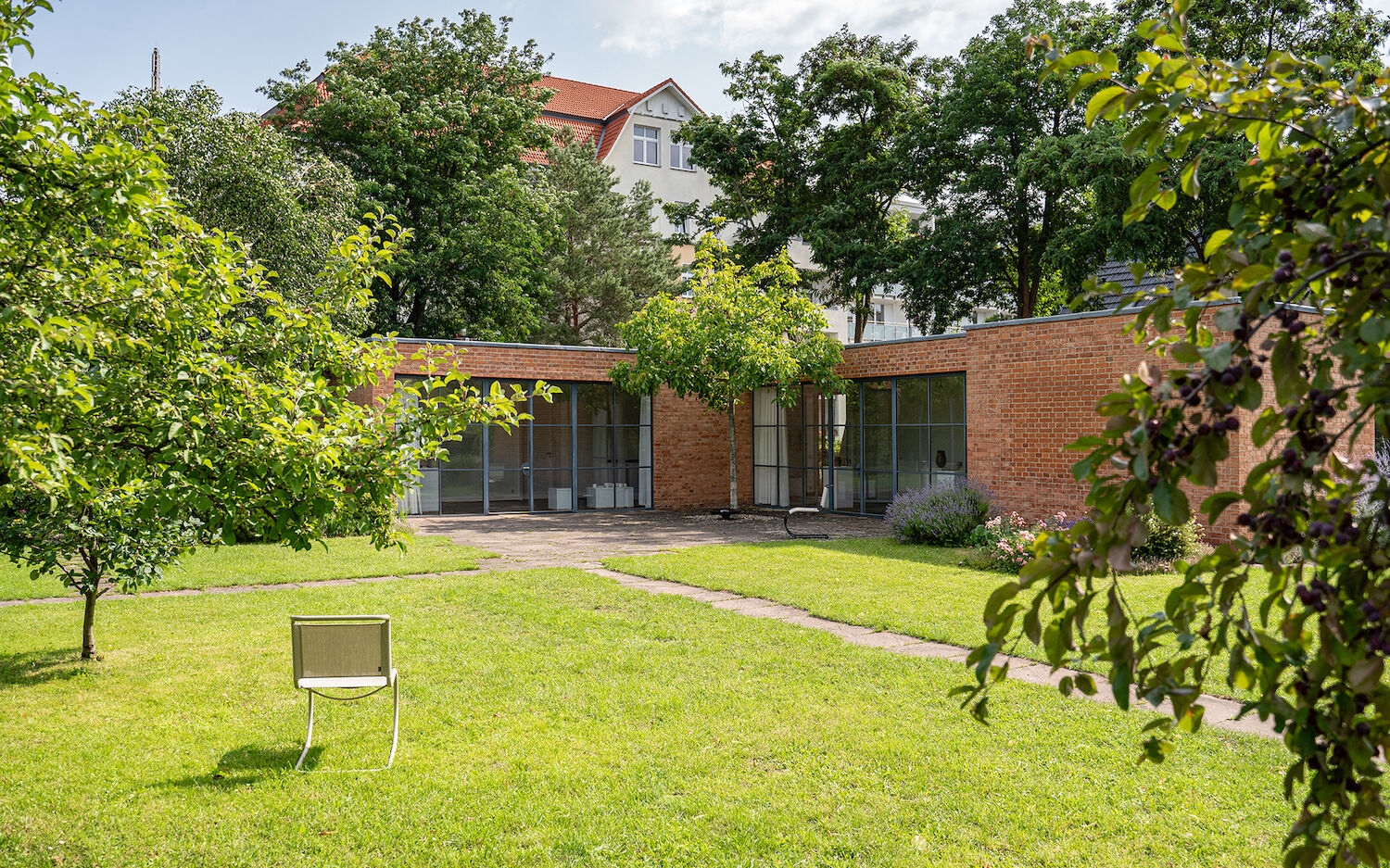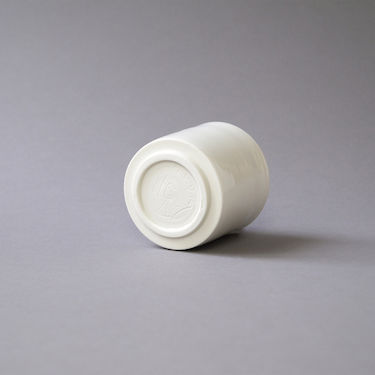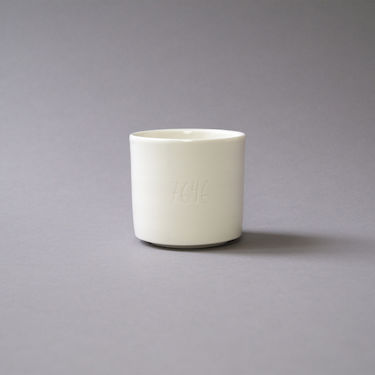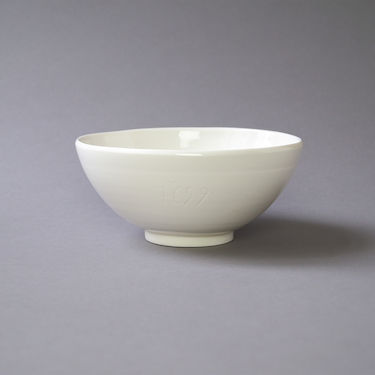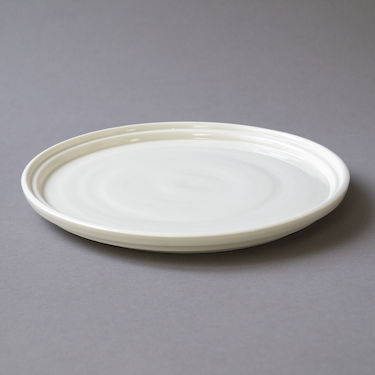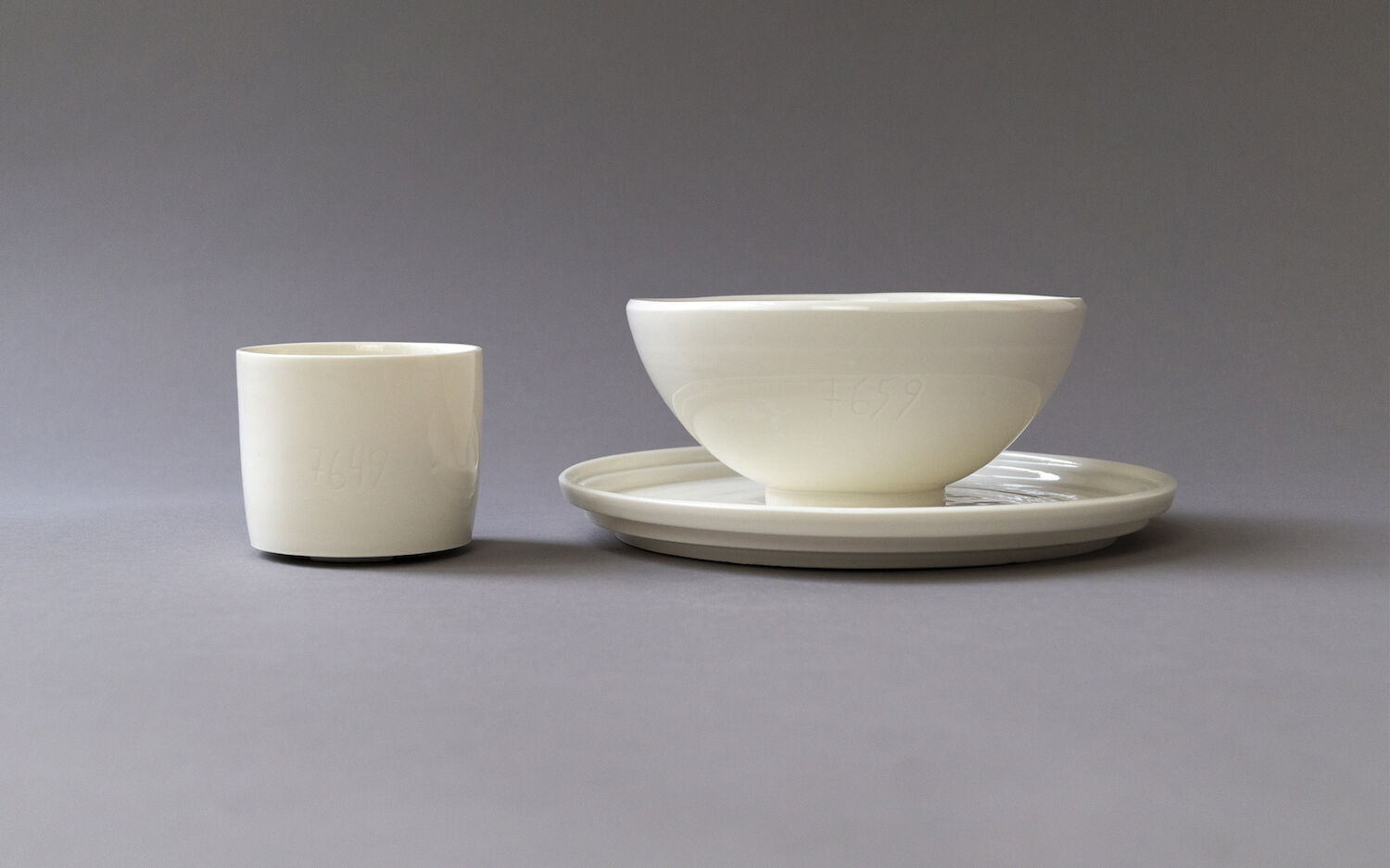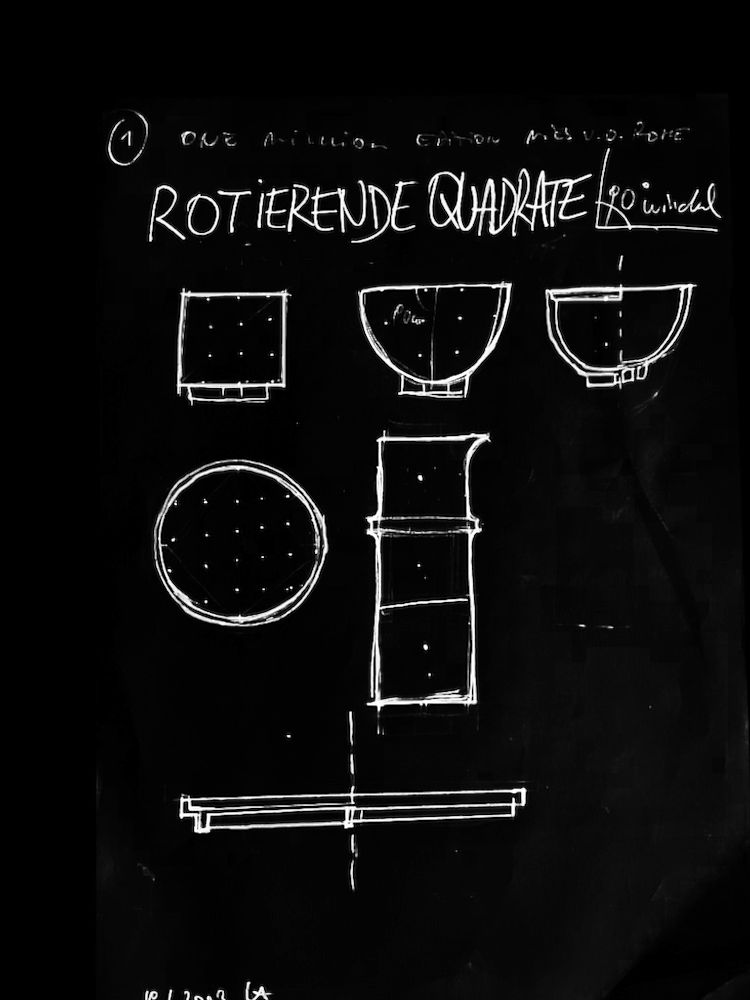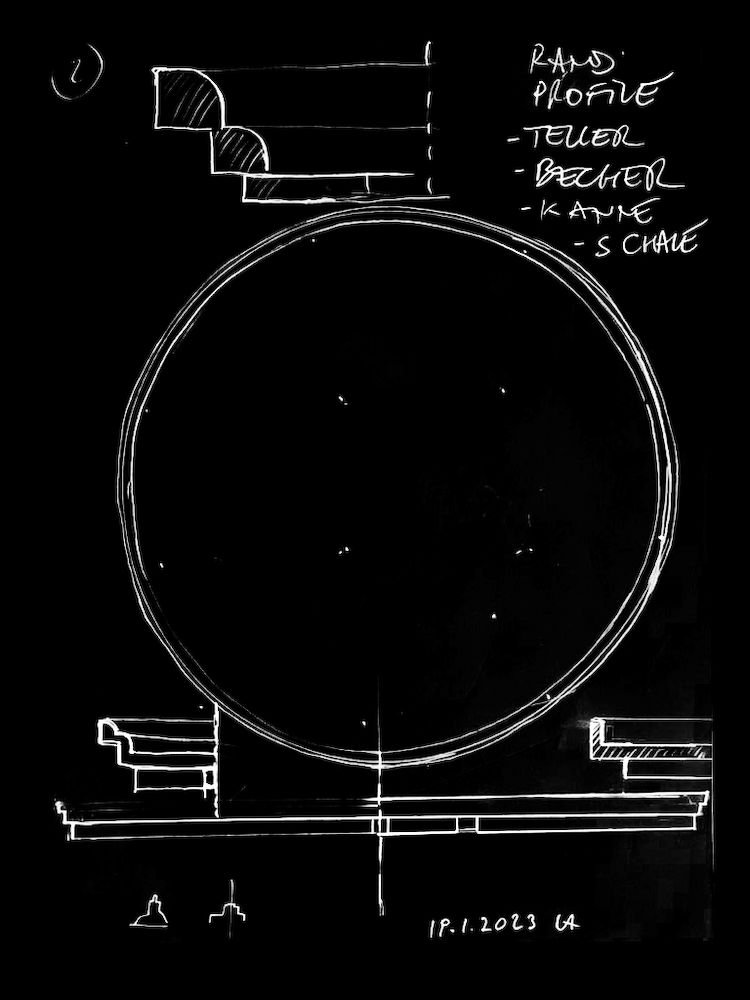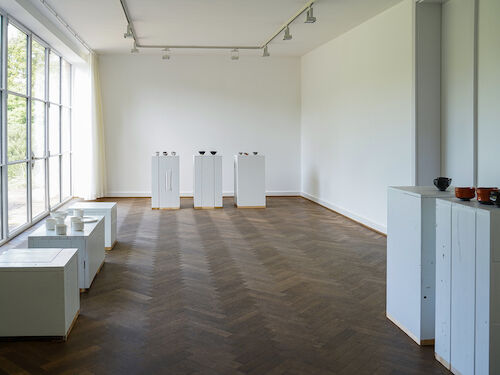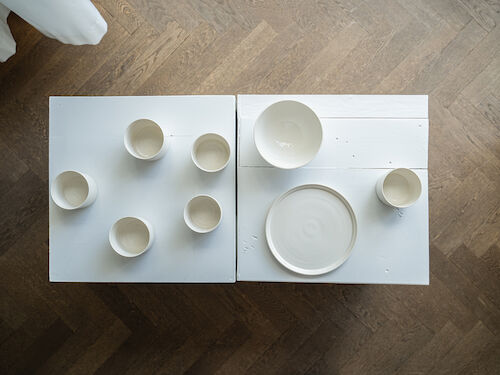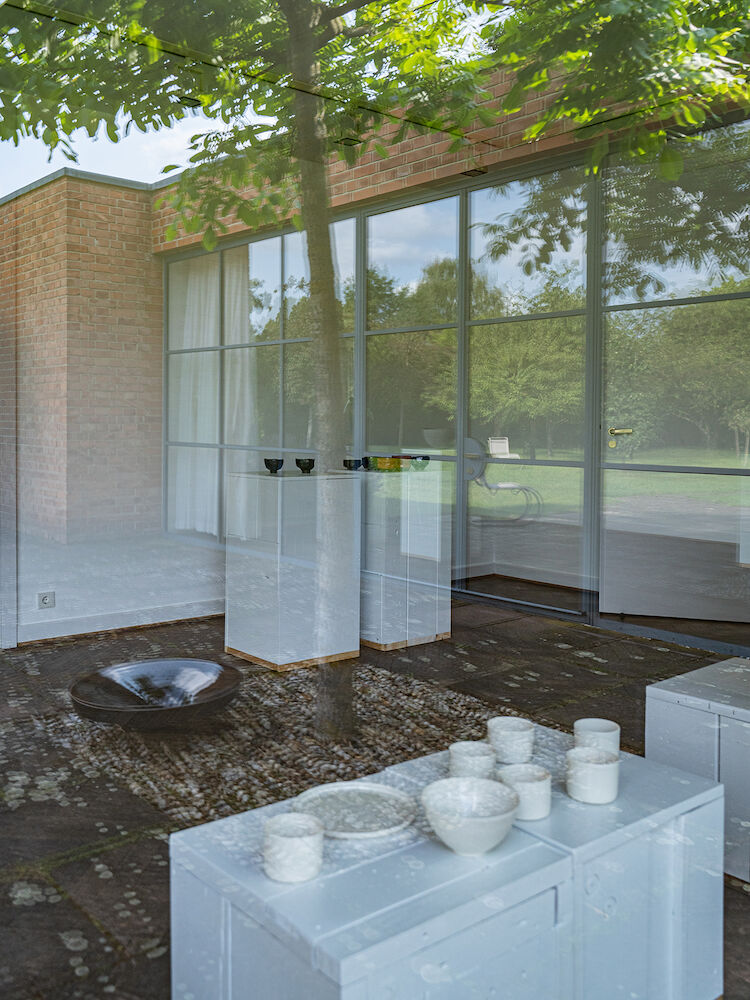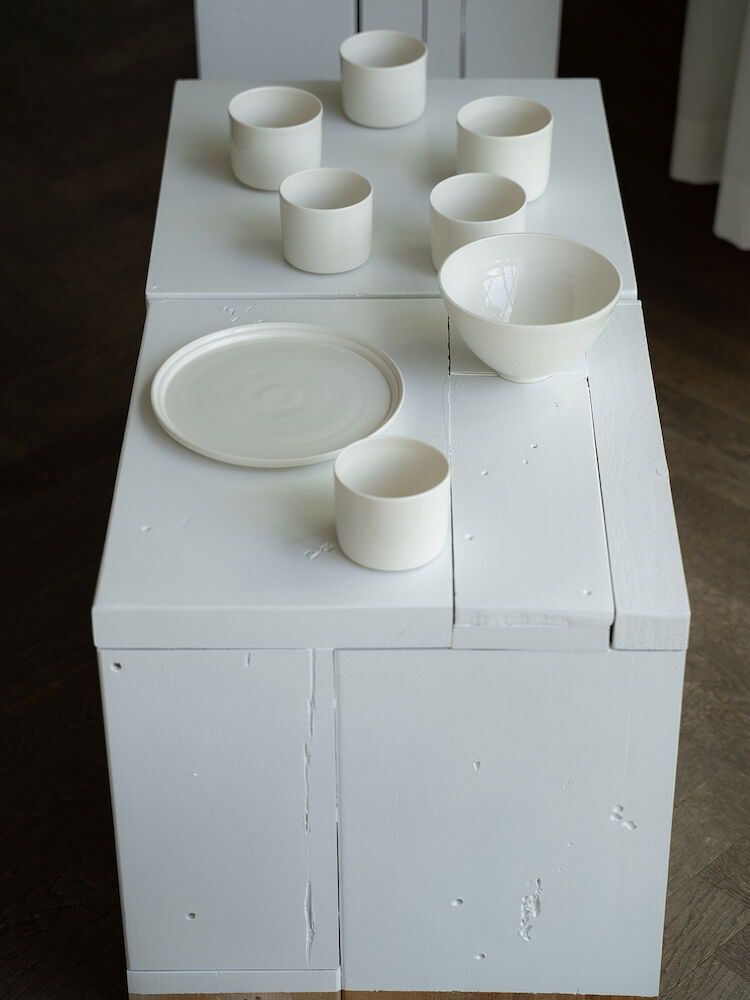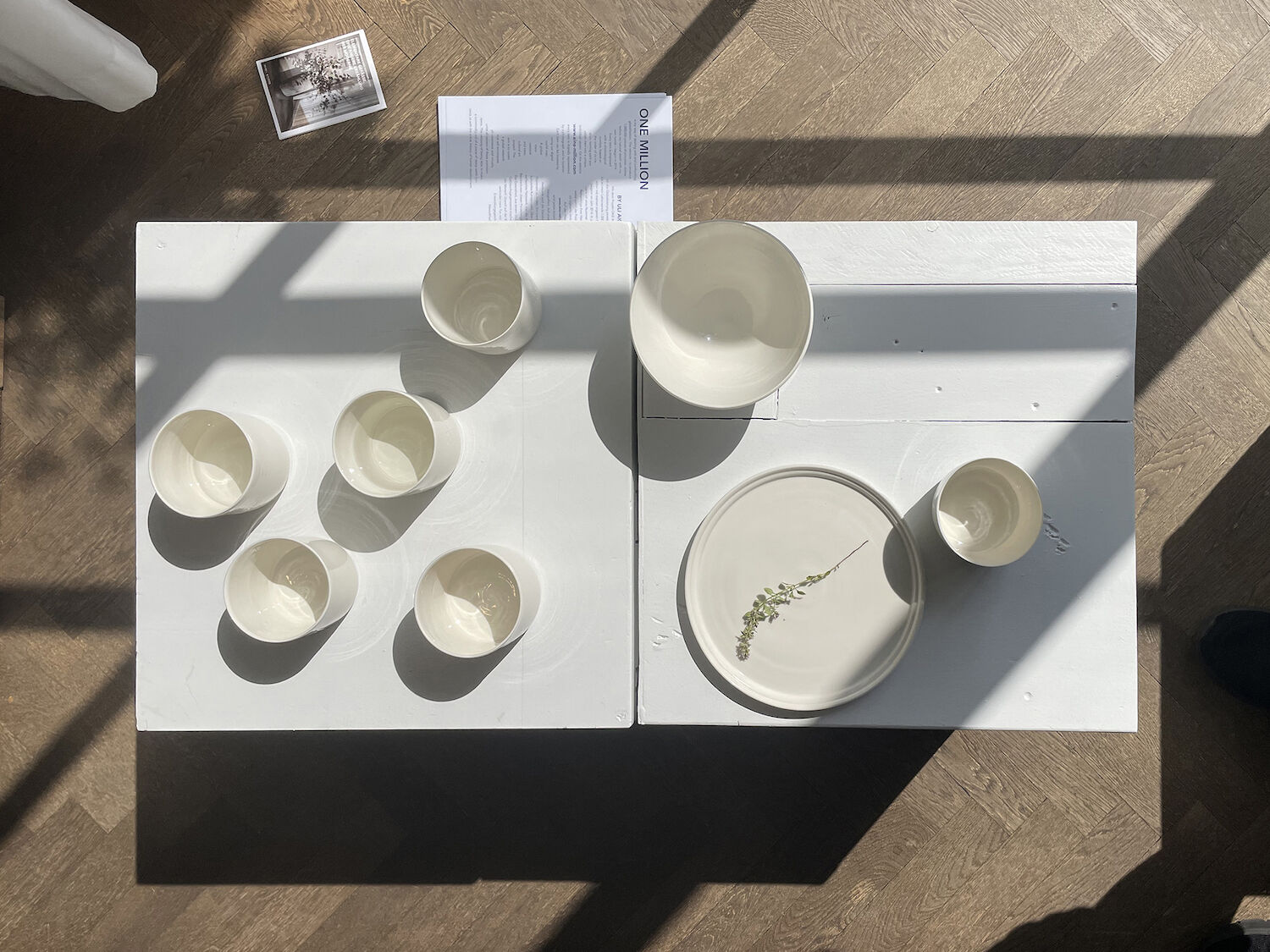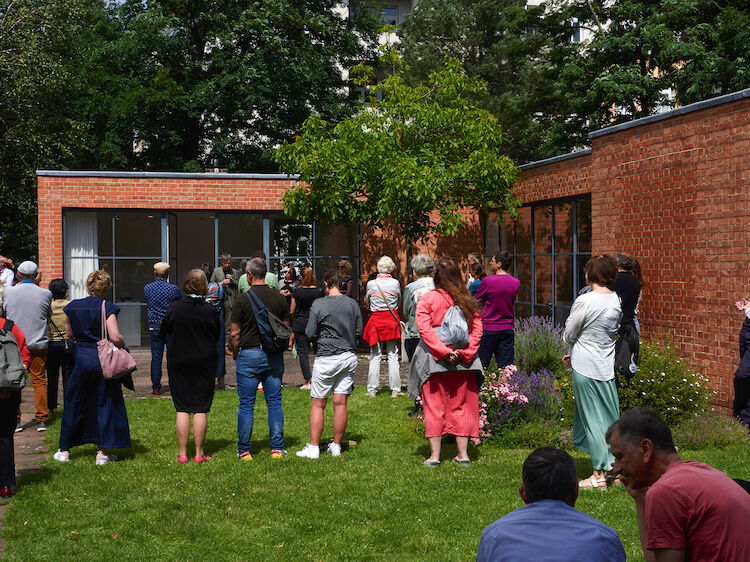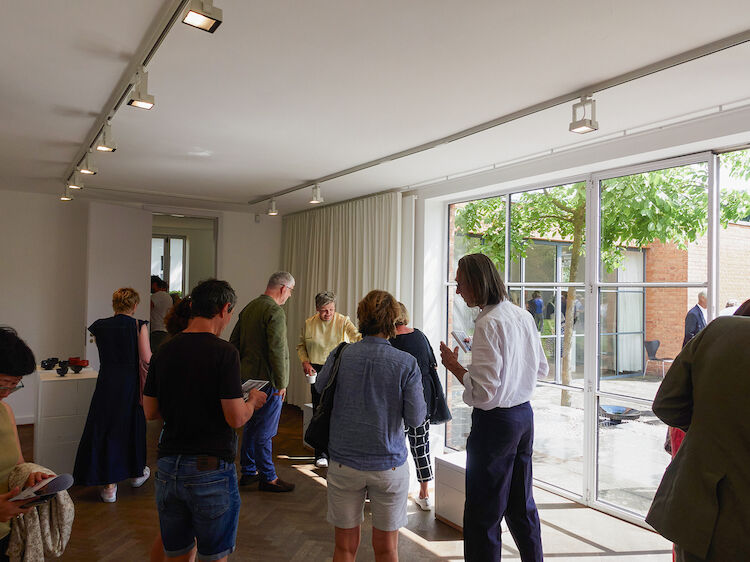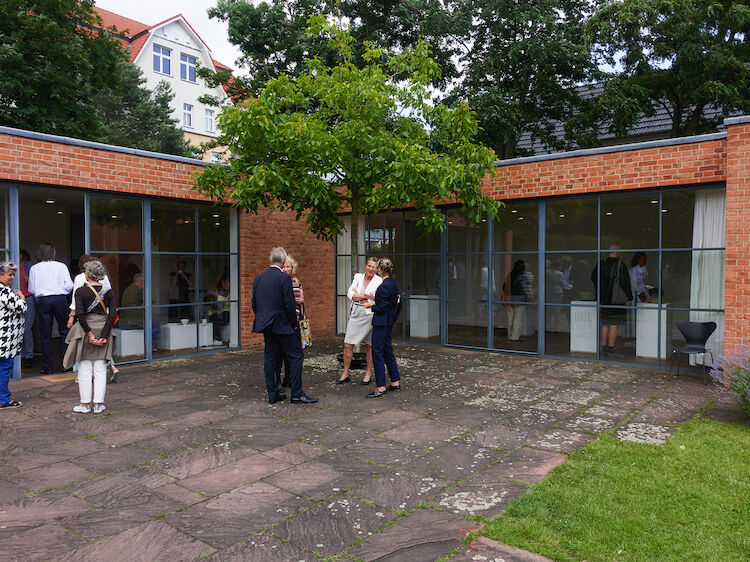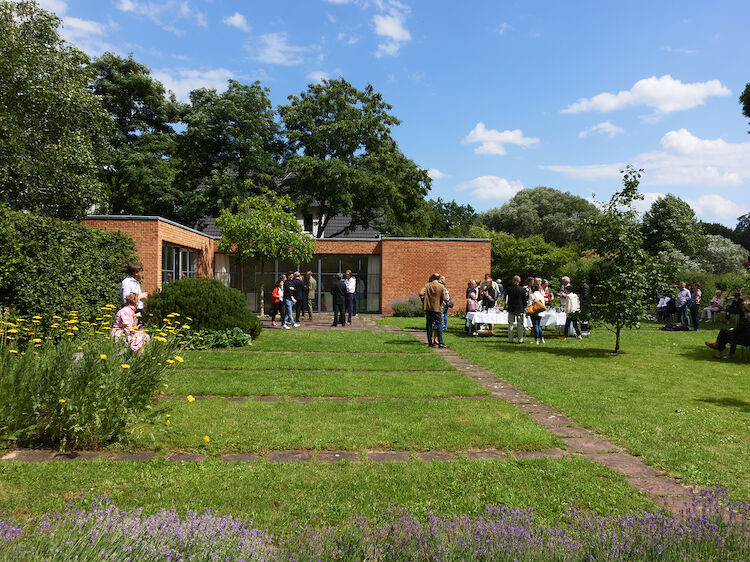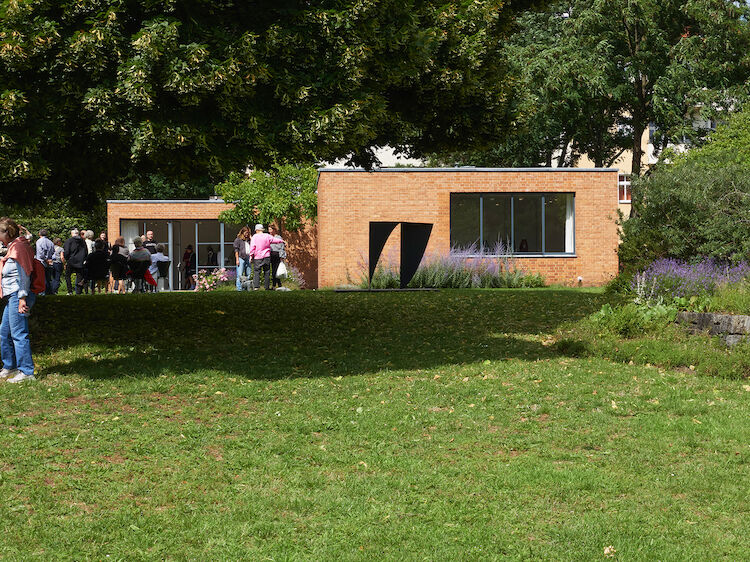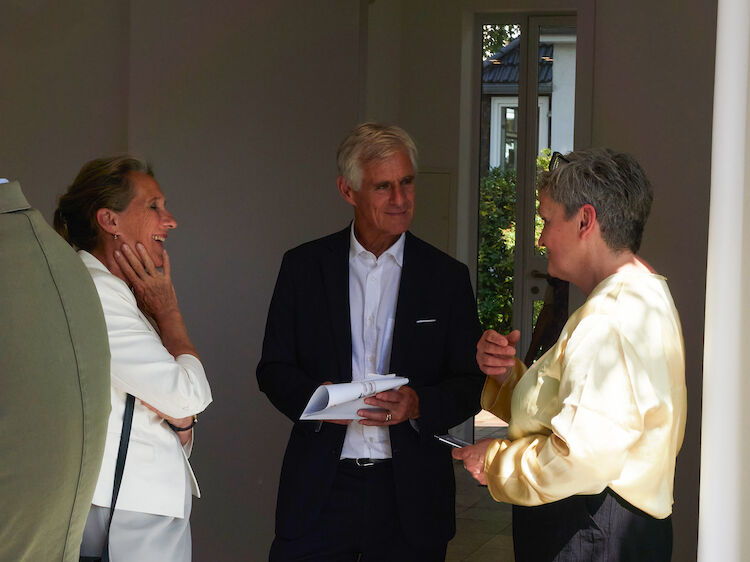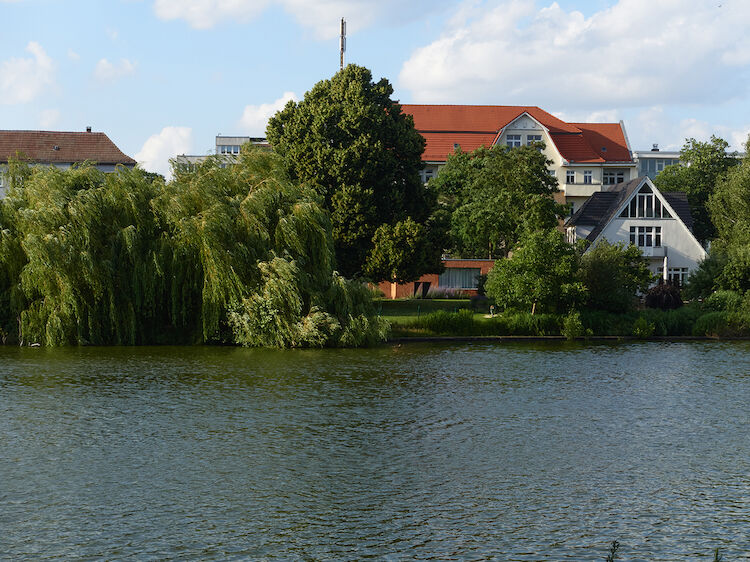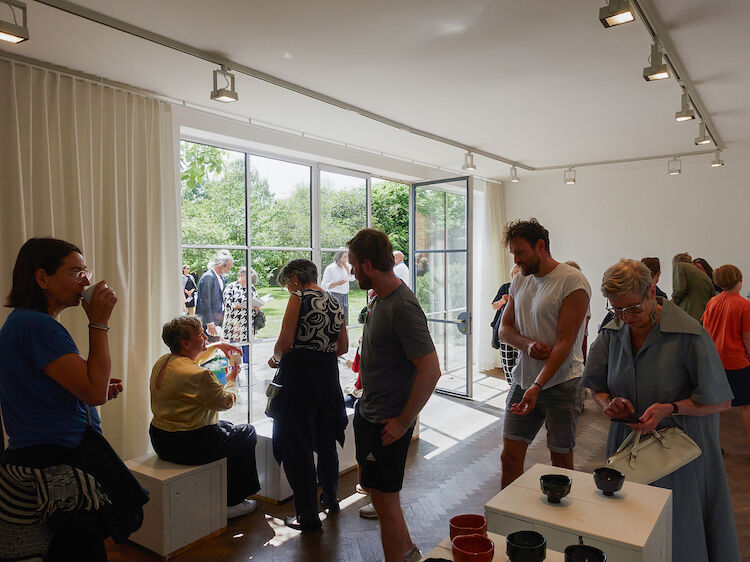
MIES VAN DER ROHE HOUSE | BERLIN
ONE MILLION @ ELEMENTAL VESSELS
Duration: July 2 - November 5, 2023
Symposium: September 15, 2023 at the Mies van der Rohe Haus
Uli Aigner will be part of the final discussion at 7:15 p.m.
Location: House Lemke, Mies van der Rohe Haus, Oberseestraße 60, 13053 Berlin
-> www.miesvanderrohehaus.de
-> Edition Mies van der Rohe
-> Symposium Information: URL or PDF (German)
The exhibition "Elemental Vessels. Between Use and Contemplation: Another Narrative of Modernism" at the Mies van der Rohe House is dedicated to the relationship between clay vessels and space. Already in the original living space of the collector couple Martha and Karl Lemke, works of art played an important role alongside the furniture of Ludwig Mies van der Rohe and Lilly Reich - among them was a floor vase by the German ceramic artist Otto D. Douglas-Hill. Continuing this conception of space, the exhibition focuses on the interplay of the house's well-proportioned rooms with elemental, wheel-turned-vessels. Through their sensual conciseness and "open form," they enter into resonance with the house and its visitors.
The focus is on the conscious perception of the house space during the stay. One experiences the house differently, the ceramic vessels, taken out of their intended use, question familiar ways of behavior - in an equally elementary building that has become a museum of modern living. Since the selected objects (by Lucie Rie, Uli Aigner, Matthias Kaiser, among others) - in addition to their artistic simplicity - continue to bear the character of utilitarian objects, they simultaneously evoke the idea that the house is inhabited with them in a certain way. In doing so, they question conventional bourgeois notions, once again entirely in harmony with the concept of the house, for the senses are sharpened, the vessels reflect a life that was once possible here, which in a sense observes itself.
In addition, supported by the historical illustrations of the accompanying booklet, another story of modernity is told - of the detachment of the ceramic building ornament from the facade surface, its "transformation" into utilitarian ceramics, of the special use of things, the constitution of modern space in the consummation of living. Experiencing the concreteness of the stay in the interplay of history and the present makes the stay for the visitors of the exhibition a space-exploring experience: it allows the reenactment of Mies van der Rohe's concept of a contemplative space - with few objects, set in correspondence with the spectacle of nature.
In the development of a modern understanding of form and design, ceramics represent a central moment. An expression of a specific knowledge of materials and technical skill, the potted form mediates between tendencies of industrialization and rationalization. In particular, a look at Asia - for example, through French art ceramists from the second half of the 19th century, the Secessionists and the Vienna School of Applied Arts, as well as master ceramists such as Lucie Rie, Bernard Leach, Hans Coper, or the ceramic workshop of the Bauhaus - allows a differentiated understanding, possibly lost today, of a culture of form between art and craft, innovation and insistence on the way to a new perception of a modern everyday living.
Rotating squares. Uli Aigner creates cups, bowls and plates according to architectural details of the Mies van der Rohe Haus (Haus Lemke Berlin). The edges of the plate take up the profile of the steel frame of the windows in The Lemke house.
Mockup for Edition Mies van der Rohe tableware, 19.01.23
Especially today, when a certain return to traditional craft values has set in - not least in connection with the "material turn" - the clay turned on the wheel has become a dazzling subject. If the experience of vessels as objects of use and media of a "modern elementarity", i.e. a reform culture of life beyond hermeneutic-semantic confusions after the end of the stylistic form, the symposium asks about the historical-theoretical background: What is the role of the formally elementalized utilitarian object in an ornamentless time? How does modern space acquire form and meaning through its use; what is the significance of its furnishings? What are the trajectories between art, craft and technology? How does the development of ceramics proceed from facade decoration to an object in space as part of the modern culture of form and of space as a subject of architectural theory?
Such and other questions will be discussed at this interdisciplinary symposium with guests from architecture, art history, philosophy, but also with ceramic artists, who are to include Günter Figal, Christian Witt-Döring, Uli Aigner, among others. In addition to the selected objects of the exhibition itself, the inclusion of philosophical concepts, theoretical writings and historical foundations in the form of a scientific discussion will help to consider the "experience of use" between man, object and space as a unity and bring together new developed spatial concepts of architecture with the elementalization of form in modernism: Space and object are placed in an effective space, thus telling the other story of a specific modernity in which continuity and rupture, meaning and form, use and contemplation "coincide." An accompanying publication is planned.
exhibition views


